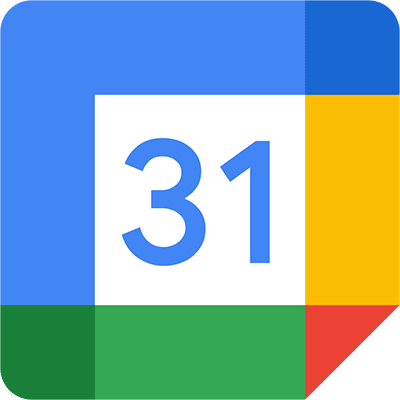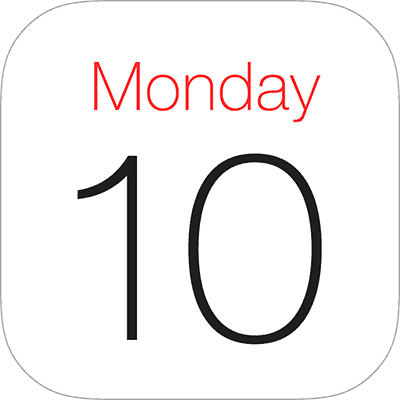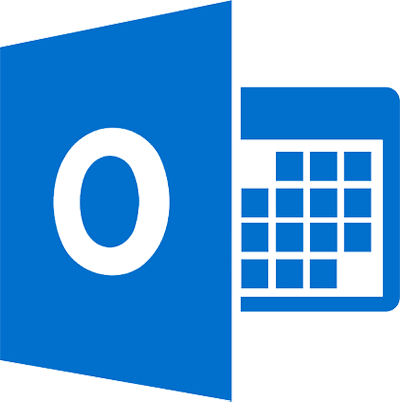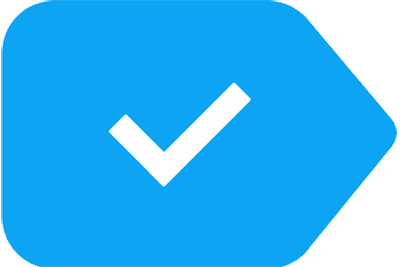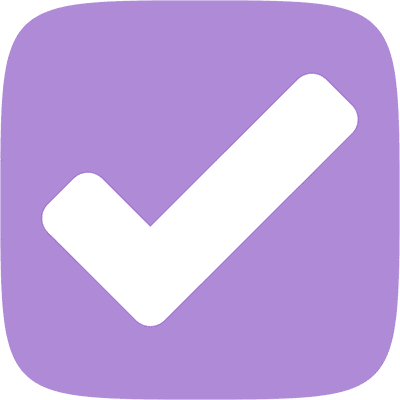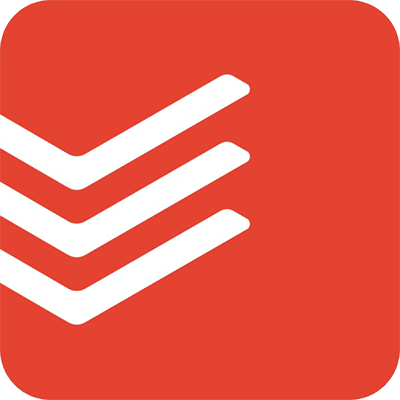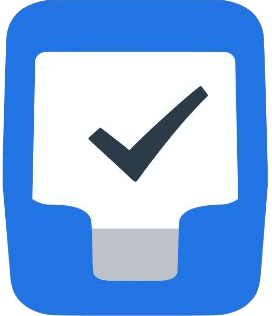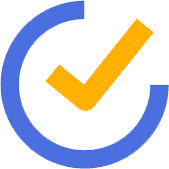Last Updated: April 29, 2022
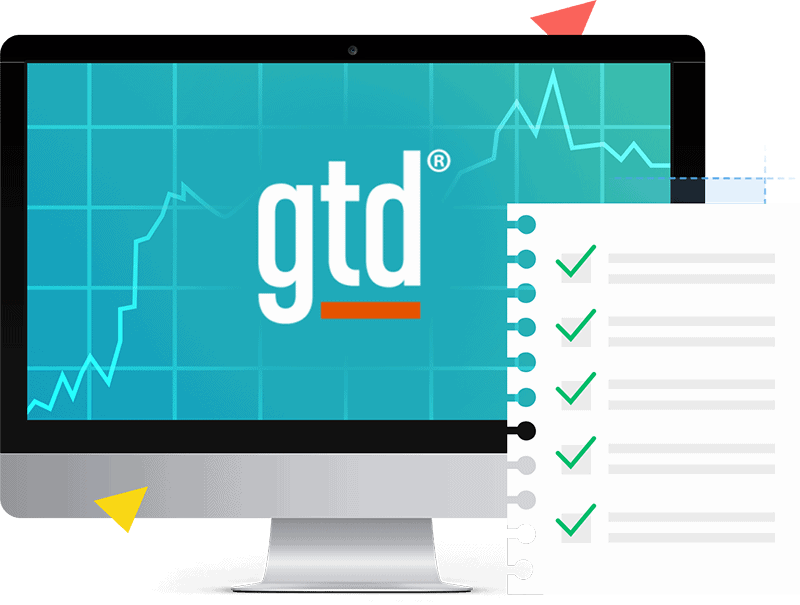
Getting Things Done (GTD):
How To 10x Your Productivity
When was the last time you truly felt productive? Like you were on top of everything and knew exactly what you needed to do and when you needed to do it?
If you’re like most people, you probably don’t feel like this very often. But you can.
Enter Getting Things Done (GTD).
In this guide, we’re going to explain what Getting Things Done is, how to implement it in your own life, and GTD apps and tools that can help you be more productive.
Ready? Let’s get started.
What Is Getting Things Done (GTD)?
Getting Things Done is both a book by David Allen and a system of productivity laid out in said book. Allen wrote the book in response to the growing challenge of doing information work.
Every day, you have huge amounts of information coming at you. You receive emails and texts and chat messages. You encounter articles and books you want to read. Your boss pops his head in your office and asks you to send him a report. Your partner asks you to pick up avocados at the store on the way home. Your mom calls and asks you to call her back.
The endless avalanche of information and requests makes it really hard to stay on top of everything. It’s hard to know how to prioritize tasks while still staying true to the things that are most important to you. It’s difficult to sort through all that’s coming at you and determine what you need to do with each thing.

On top of this, the human brain is very limited, and only capable of holding a few things in place at any one time. It’s impossible to remember everything you have to do.
As a result, you end up with a huge number of “open loops”. An open loop is anything that pulls your attention away from where it should be. Open loops are created by commitments, which are anything for which you feel responsible.
When an email hits your inbox, you feel responsible to deal with it in some way. It creates a commitment and an open loop. Until you take action, that email will take up mental space and energy, making it harder for you to give your full attention to your most important work. If you have to cancel your gym membership, that’s another open loop. That big project that you need to map out is another open loop.
The more open loops you have, the more muddled and stressed you feel. You’ll be trying to work on an important task when you suddenly remember that you need to return a phone call or send an email or write up a report. As these things pop into your mind, you get distracted from the task at hand and feel mounting stress.
To gain control of your life and reduce anxiety, you need to close the loops. Now, to be clear, this doesn’t mean that you have to complete every task. Rather, it means that you need to get clarity about what must be done and have a plan in place for actually doing it. You need a foolproof system for staying on top of everything while still maintaining a clear mind.
This is the promise of Getting Things Done. GTD is an organizational system that allows you to capture, organize, and act upon every piece of information, task, or request that comes at you. Your mind is clear and able to focus because you know that you won’t forget or ignore anything. You also have clarity on what specific actions you need to take in order to get everything done.
The end results? As Allen says in the book:

There is a way to get a grip on it all, stay relaxed, and get meaningful things done with minimal effort, across the whole spectrum of your life and work. You can experience what the martial artists call a “mind like water” and top athletes refer to as the “zone,” within the complex world in which you’re engaged.
When your mind is like water and you’re in the zone, you can be both incredibly productive and stress-free. Instead of your brain constantly racing, you are calm, focused, and efficient. Rather than trying to hold everything in your brain, you rely on GTD to help you stay focused and on track.
Sounds pretty good, right?
The 5 Core Pillars Of GTD
There are five core pillars of GTD, and they are all integrally connected. For GTD to really work, you must implement each pillar. If you skimp on any one of the five elements, you’ll have a breakdown in the system and it won’t work effectively.
Now let’s look at each pillar.
Collect
If you want to be truly productive and ensure that nothing falls through the cracks, you need to capture everything that requires or will require you to take action. This includes all your work tasks, home chores, memos, articles you want to read, emails, etc. You need to collect 100% of the incompletes, including everything in-progress and that you want to do in the future.
Your goal is to get everything out of your brain and into dedicated containers (“in baskets”) that you will review on a regular basis. Don’t let anything take up unnecessary space in your brain. As Allen says in his book, your brain is intended to be a focusing tool, not a storage tool. If you want your mind to be like water, you can’t have anything bouncing around in it.
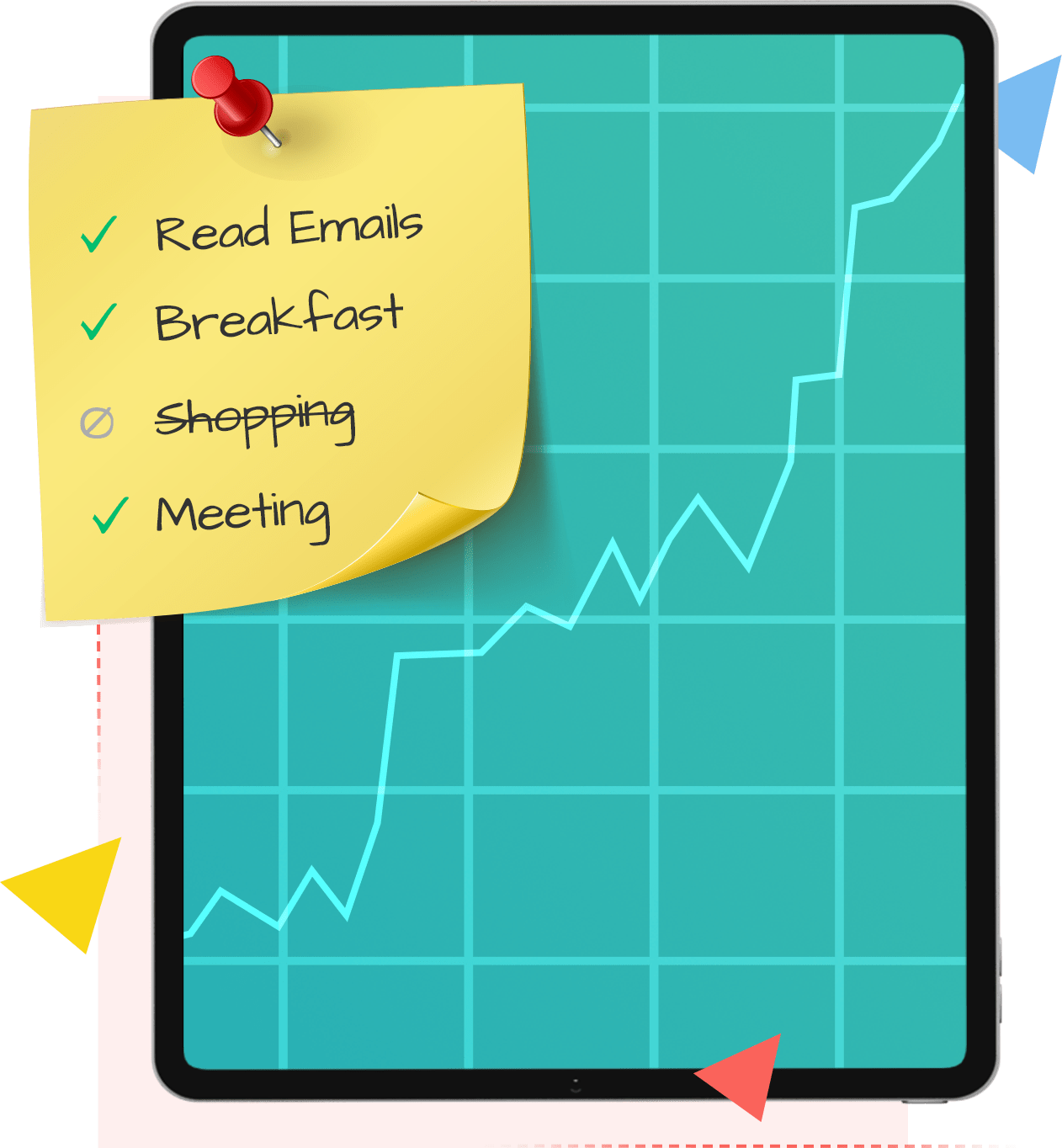
GTD doesn’t specify what tools you must use, and so your options are wide open when it comes to your in baskets. You simply need to adhere to these three rules:
You probably already have a few in baskets in place, such as your physical mailbox, email, voicemail, and chat. You may also have a literal basket on your desk.
Information flows into these containers automatically.
You also need an in basket for the things rattling around in your head. We’ll dive deeper into GTD tools in a bit, for now we’ll simply say that you can use whatever best suits your personality when it comes to collecting. If you’re more of an analog person, you can use paper and pen. If you prefer tech, there are many different apps that work with GTD.
A primary consideration when choosing your collection tools is that they must be easy for you to use. If it’s a pain for you to capture your open loops, you won’t do it and the entire system is useless.
Process
The next step in Getting Things Done is to process all the items in your in baskets. Now, to be clear, this doesn’t mean that you actually have to do every item at that moment. After all, some things may take an hour and some may take weeks or even months. Rather, you need to gain clarity on what each thing is and what you need to do with it.
Allen recommends going through the following steps for each item in a container:
This may seem like a lot of effort but once you start thinking this way, the whole process will become much more natural to you.
Organize
Every item from your in baskets must be organized into the appropriate category after you process it. In order for GTD to work, you can’t leave things sitting in any in baskets. You need to actually decide what you’re going to do with each thing.
There are seven categories that you use when organizing:
Review
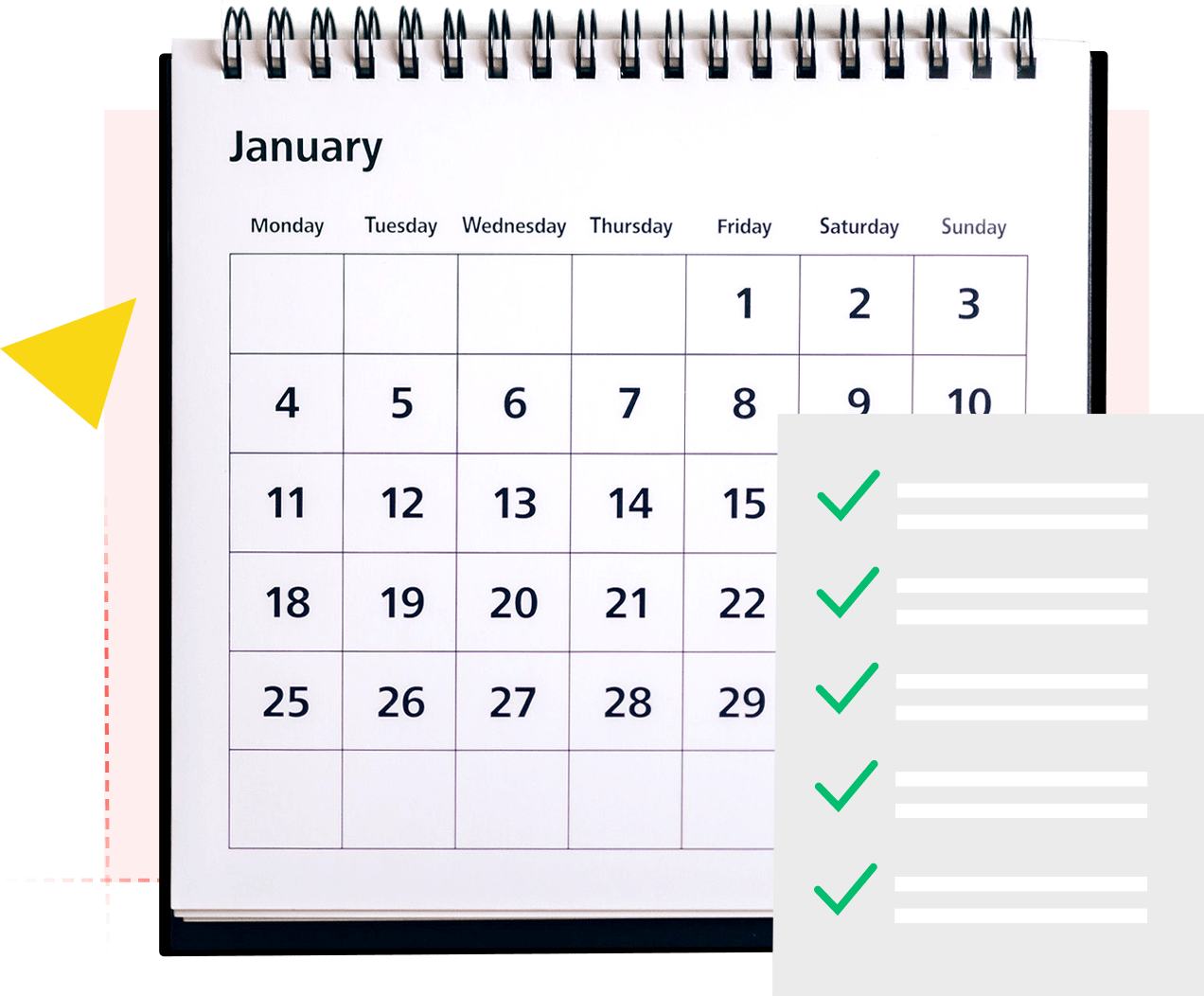
To ensure everything gets done, you need to regularly review your calendar, project list, Next Actions list, and waiting for list. If you don’t regularly review them, things will slip through the cracks.
How often do you need to review these things? As often as you need in order to keep your mind clear. You’ll probably review your calendar most frequently, followed by your Next Action lists.
Allen strongly recommends doing a weekly review, during which you gather any extraneous items, process your in baskets, review everything, update all your lists, and get clarity on everything.
Do
The final pillar of GTD is actually doing things. Essentially, there are three types of work you must do.
There will be times when you must work reactively, such as when your boss asks you to do something with a short deadline. There are also times when you define your work, like when you process and organize your in baskets. And there are times when you work proactively from your Next Actions lists.
When proactively choosing which item to work on next, consider the following criteria:
Putting The Pillars Together
Do you see how all the pillars of Getting Things Done are interlocked? You capture everything that comes your way with your in baskets. Then you process all those items and organize them into appropriate categories. Through regular review, you ensure that nothing slips through the cracks and that everything has been properly organized. And you work based on the lists and categories you’ve created.
GTD is a finely tuned machine, with every piece playing an important role. When you implement it in your own life, it can massively increase your productivity levels while also reducing your overall stress levels.
Getting Things Done Apps and Tools
Now that you understand the GTD system, let’s talk about the tools you need to make it work in your own life. The good news is that GTD can accommodate all sorts of tools and you can use whatever best fits your personality and workstyle. In fact, you’ll probably need to experiment a bit to figure out what you’re most comfortable with.
In his book, David Allen says:

You increase your productivity and creativity exponentially when you think about the right things at the right time and have the tools to capture your value-added thinking.
That being said, let’s talk about some specific GTD tools and apps.
Calendar
Your calendar is critical for getting things done, and you need one that’s both easily accessible and that you’ll want to use. Obviously, you can use an old fashioned paper calendar or Day Timer if you prefer to keep things analog.
The Full Focus Planner and Best Self journal are also solid options if you prefer using pen and paper over digital. They are both designed around the principles of GTD and can help you implement it in your own life.
If you want a more high tech option, you may want to use one of the following apps:
In Baskets
You also need in baskets where you will capture all the information that comes your way. As we noted earlier, you probably already have some of these in place, like email, voicemail, etc. You also need some form of physical in basket where you can place any physical items that come your way, such as memos, magazines, mail, etc.
If you will be using paper (like Post Its) to capture and collect items, you need an in basket for them as well. When David Allen spoke to The Atlantic, he told them that he relies heavily on paper notes:

So I use my little note-taker wallet—that's where most ideas are generated, in strange and weird little places, and so I have a ubiquitous, just-paper-based tool. I take notes, usually paper-based, because it's just easier to do that. It's more ubiquitous, and I like the feel of it.
If you will be using a digital task manager of some sort (more on those in a minute), you will want to set up some sort of inbox where you can put everything.
There are some tools that allow you to bring multiple digital in baskets together, which can make it easier to process all the information. For example, Franz is an all-in-one communication app that connects to many other apps, such as Slack, Skype, Gmail, Outlook, Skype, and many more. Shift is similar and integrates with even more apps than Franz, including Evernote, Dropbox, Zoom, and more.
Project/Task Manager
To stay on top of your projects and next actions, you’re going to need some sort of task management system. Although you can certainly use pen and paper, you may have more success if you use a digital task management app. These apps make it easy to capture information and then organize that information into appropriate lists and sublists. What’s more, most apps can be used on both computers and mobile devices, which means you always have easy access to them.
Some of the most popular task management apps are:
All of these apps work well with GTD, and some even intentionally incorporate the principles.
Filing System
You will also need some form of filing system in which to store reference material. If you deal with a lot of paper, you’ll need filing cabinets and folders. Additionally, you’ll need a digital filing system for documents, audio files, pictures, PDFs, etc.
There are a number of digital storage options available, with each having different strengths. If you’re a big note taker, you may want to consider Evernote. If you’re a Google power user, Google Drive may be your best bet since it also integrates nicely with G Suite and Google Keep. If you’re a Microsoft user, OneDrive is a solid option since it integrates nicely with other Microsoft products. And, of course, there’s Dropbox, which is a nice alternative to Google and Microsoft.
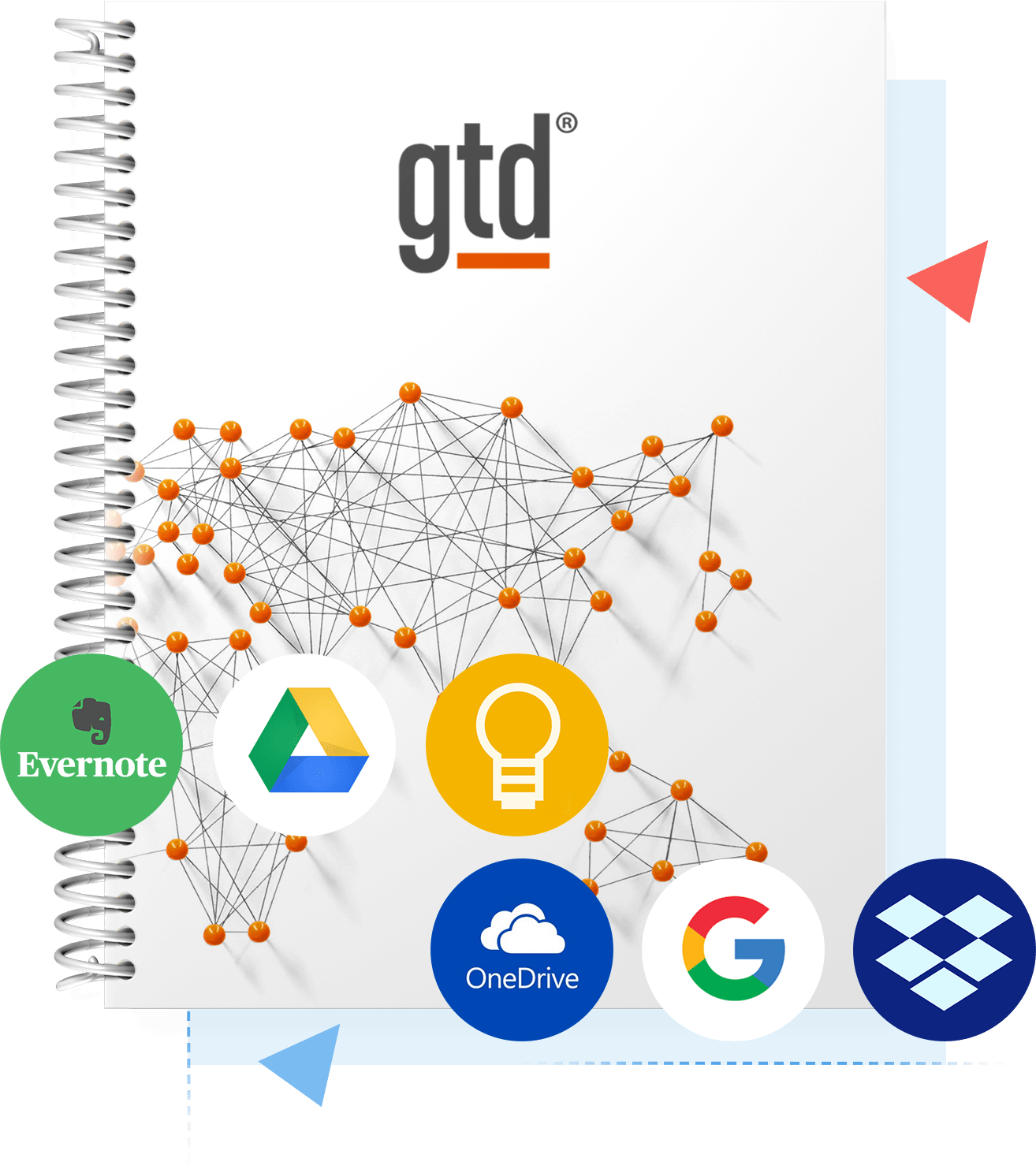
Getting Started With GTD
Now let’s talk about actually implementing GTD in your life. After all, it’s one thing to talk about it at a high level and something else altogether to start doing it. Consider following these steps as you get started.
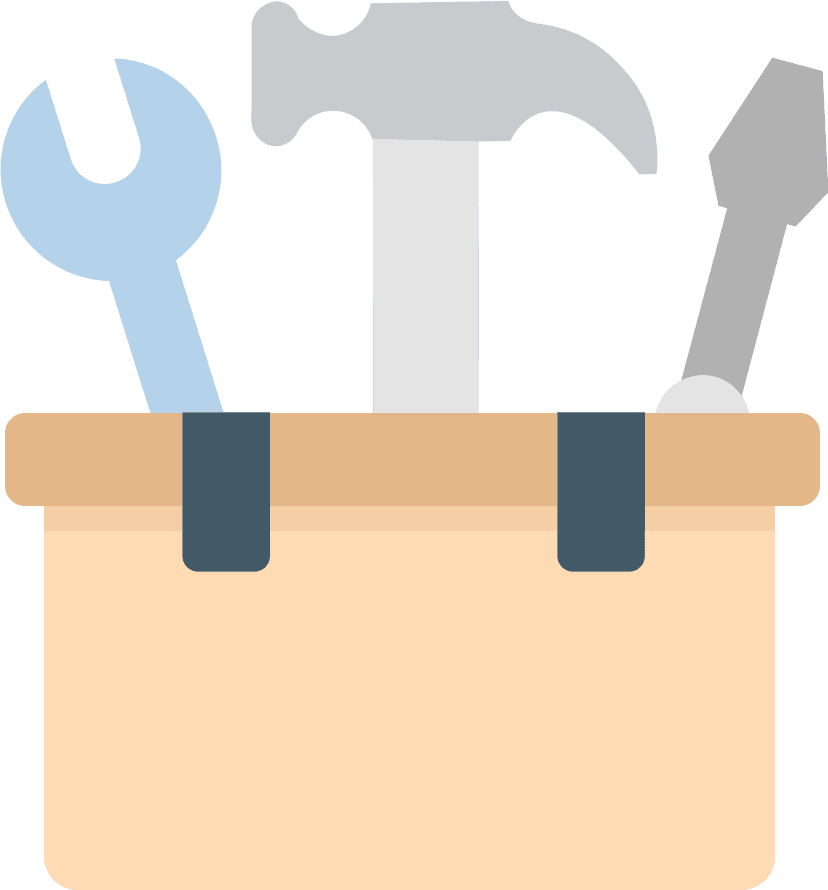
STEP 1
Choose Your Tools
You’re going to need the right tools if you want to make GTD work, so the first step is to choose the ones you want to use. Now, that being said, don’t make the mistake of spending so much time trying to find the perfect tools that you never actually get started. Pick the ones that seem like the best fit for you and then keep moving. You can always switch the tools you use at a future date.
The reality is that there is no perfect tool. Your success or failure with GTD doesn’t depend on the tools you use, but on your commitment to actually using the system faithfully.
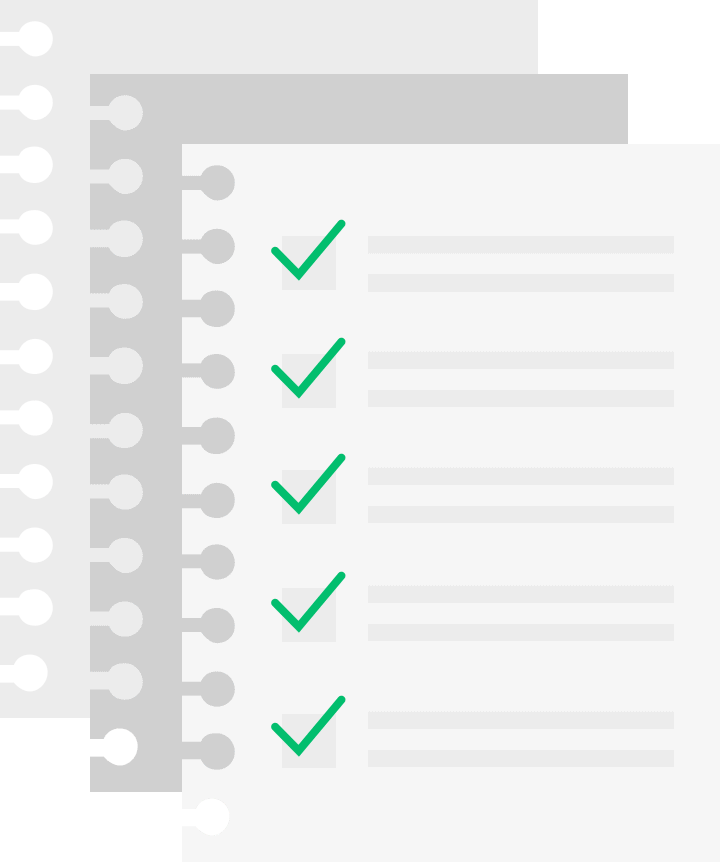
STEP 2
Do An Initial Collect and Capture
The next step is to do an initial collection of all the open loops you have. This includes everything in your head, loose papers you have floating around, messages you need to respond to, etc. Your goal is to get everything in front of you. If you don’t collect everything, you’ll still have open loops vying for your attention.
This initial collection session will take much longer than future sessions and you may feel a bit overwhelmed when you see everything. Don’t worry, the more you use the GTD system, the easier everything gets.
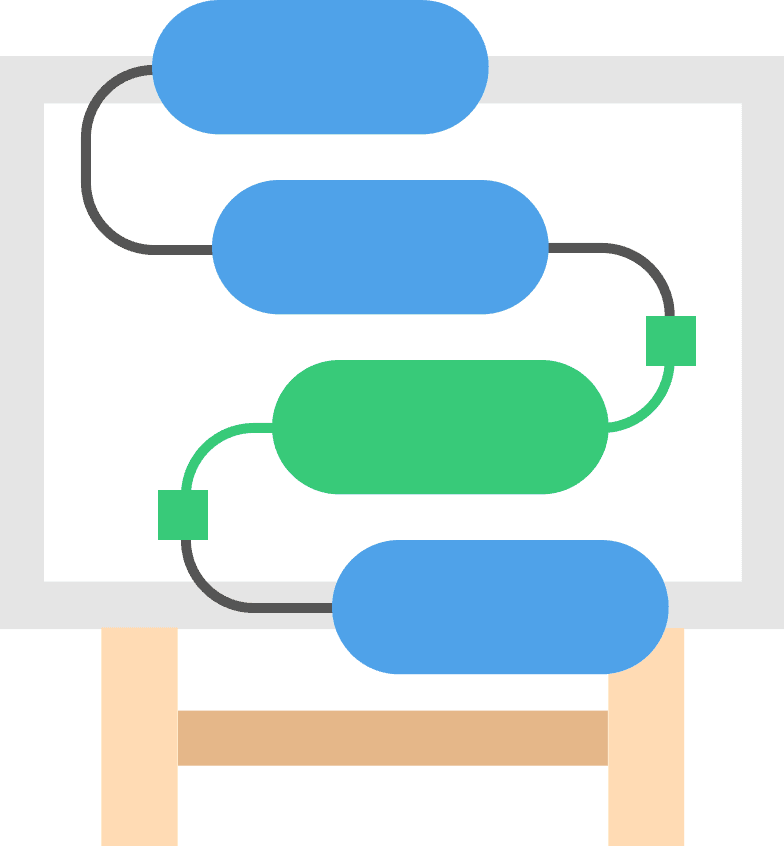
STEP 3
Clarify and Process Everything
After you’ve collected everything, you need to clarify and process each item. Determine what needs to be trashed, what tasks and projects you need to do, and what must be filed. If something needs to be delegated, assign it to the proper person.
As with the initial collection, this process will take longer than normal the first time. Don’t get frustrated or overwhelmed. Everything will be much more streamlined in the future.
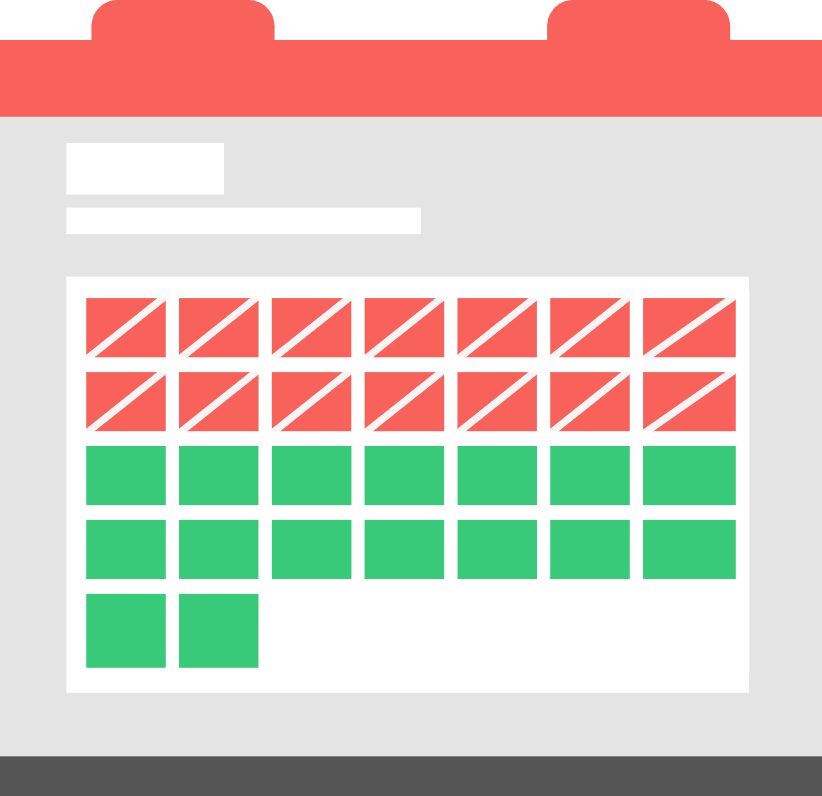
STEP 4
Create Your Next Actions
Next, clarify your next actions. If something can be done in two minutes or less, knock it out. Otherwise, decide what needs to be done next to keep everything moving. If something requires more than one step, add it to your project list and decide what the first step in the project is. If any items are time sensitive, add a due date or put them on your calendar.
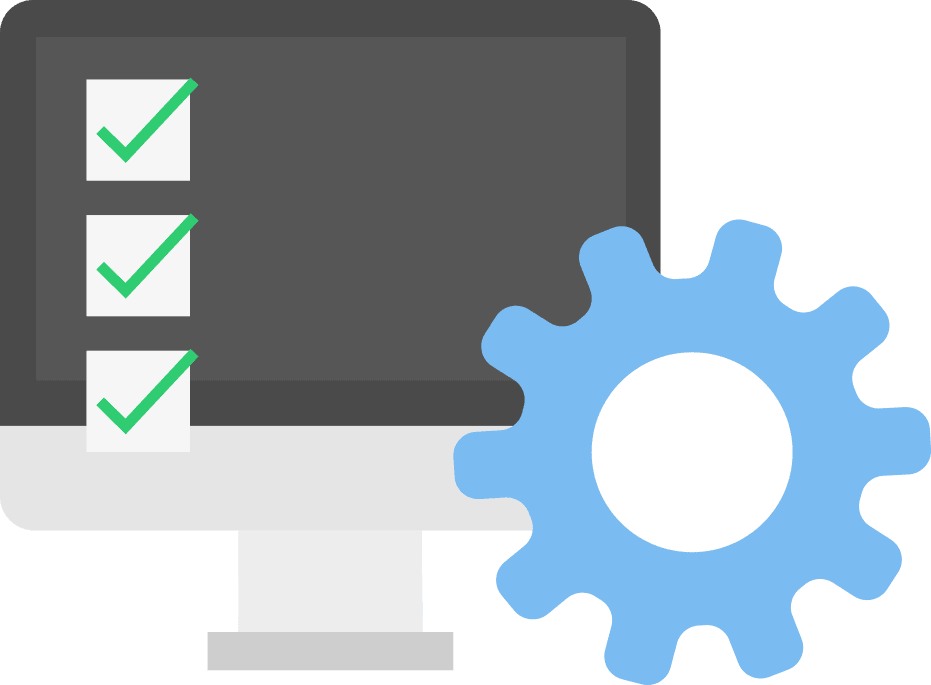
STEP 5
Get To Work
The ultimate purpose of GTD is to actually get stuff done. Once you’ve defined all your next actions, it’s time to choose a task and get to work.
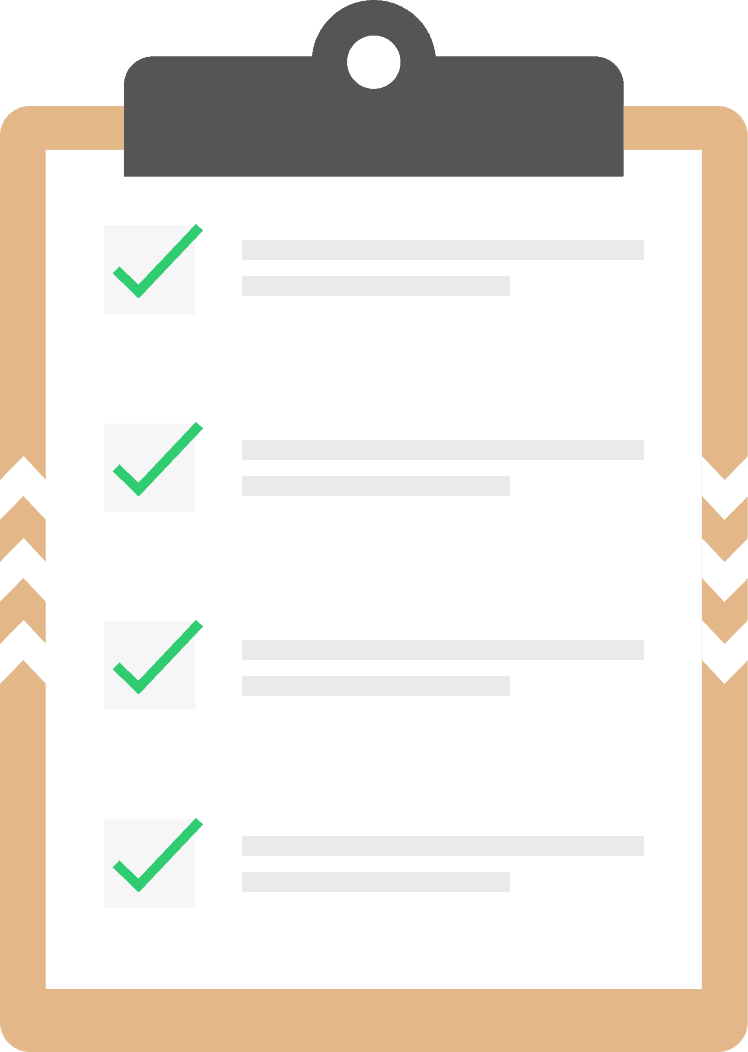
STEP 6
Review and Repeat
Finally, make sure to regularly review your in baskets, projects, and next actions. Regular review helps you ensure that nothing slips through the cracks and that you’re on top of everything.
Then repeat the whole process on a regular basis. GTD is a powerful cycle that builds on itself. The more you do it, the easier it becomes and the more natural it will feel to you.
GTD Pro Tips
There are a few things you can do to really supercharge your GTD experience. While Allen doesn’t necessarily talk about these things in his book, these are time-tested and proven strategies for increasing productivity.
Find What Works For You
If you’re going to stick with GTD, it needs to work well for you. Feel free to make tweaks or changes based on what works best for you. GTD is not a strict set of rules that must be followed perfectly. It’s a methodology designed to help you be productive even when there’s a lot on your plate. If something isn’t quite working for you, don’t stick rigidly to it.
Create GTD Rituals
A ritual is an action or series of actions that you do consistently. They’re an integral part of your day and you do them without much thought or effort. Your morning coffee is a ritual, as is brushing your teeth before bed.
Creating rituals can be extremely helpful when it comes to implementing GTD. For example, every night you could take 15 minutes to review your different lists and set next actions for the coming day. Every Saturday morning you could go to your favorite coffee shop to do your weekly review and prepare for the upcoming week.
The more you can ritualize GTD, the easier it will be for you to keep up with everything.
Prioritize Most Important Tasks (MIT)
When creating your to-do list for the day, try to identify one or two MITs that you will focus on getting done. These are the tasks that will move the needle most for you. Don’t work on anything else until you get your MITs done. Once you knock out your MITs, you can move onto other things.
Eat That Frog
“Eat That Frog” is a phrase coined by productivity guru Brian Tracy to describe the habit of tackling your hardest, most important task first thing in the morning. Your energy levels are highest in the morning because you haven’t expended much physical or mental energy yet.
Your most important task deserves your best efforts, which is why you should do it first thing. Don’t make the mistake of doing low value tasks like email or browsing social media. Save those things for later in the day when you have less energy available. That way, even if the rest of your day is unproductive, you will still have gotten important work done.
Pomodoro + Next Actions = Win
The Pomodoro Method is a productivity technique that helps you work in focused bursts and then take strategic breaks. It works like this:
Using this method while working your way through your next actions list enables you to get much more done. Because all your attention is focused on a single task, you make significant progress on it.
Clear To Neutral
Clear To Neutral is the habit of resetting things so that they’re ready to be immediately used in the future. When a restaurant closes for the night, they thoroughly clean the grill so it’s ready to use the next day. If they don’t do this, they won’t be able to work effectively.
Implement the same habit in your own work. When you finish a task, reset your workspace. Close open tabs and apps. At the end of the day, clear your desk of any clutter. This eliminates friction from your life and sets you up for success the following day.
10x Productivity Awaits
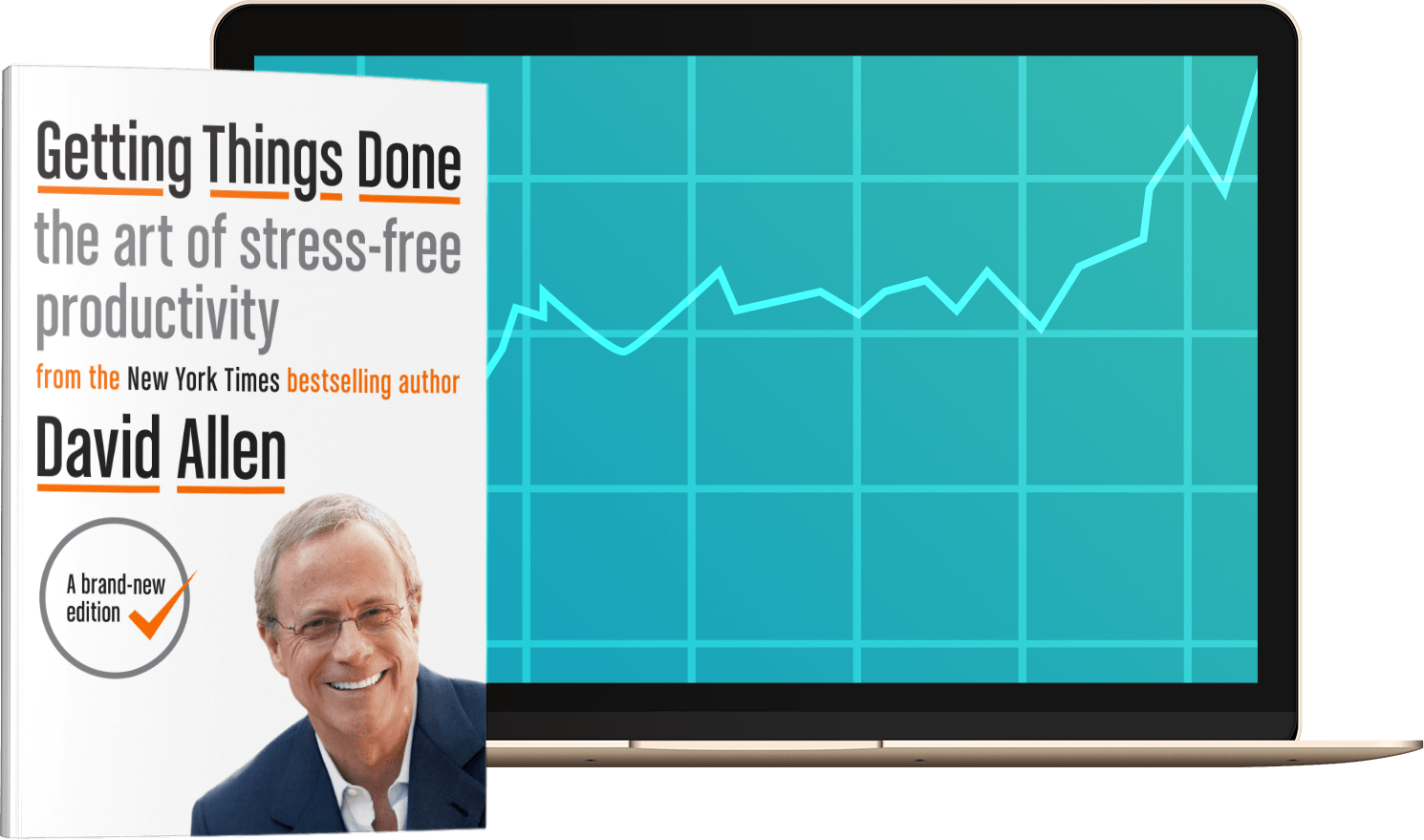
It’s true that implementing Getting Things Done requires time and effort. But it’s worth it. Instead of feeling like you have a million things on your mind that are stressing you out, your mind is calm and clear, like water. You are able to focus on work, knowing that you can trust your system to keep you on track. You don’t have to worry about things falling through the cracks.
So do the work. Choose your GTD tools and start capturing, processing, and clarifying the things that come your way. Create your Next Actions lists and start knocking those items out.
10x productivity is waiting for you.
Further Resources
For more tips and strategies check out the posts below.
We also have the top productivity podcast, The Productivity Show, where we go deeper. Below you will find some the best episodes on this topic.
February 3, 2021

